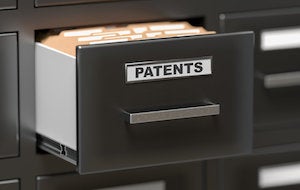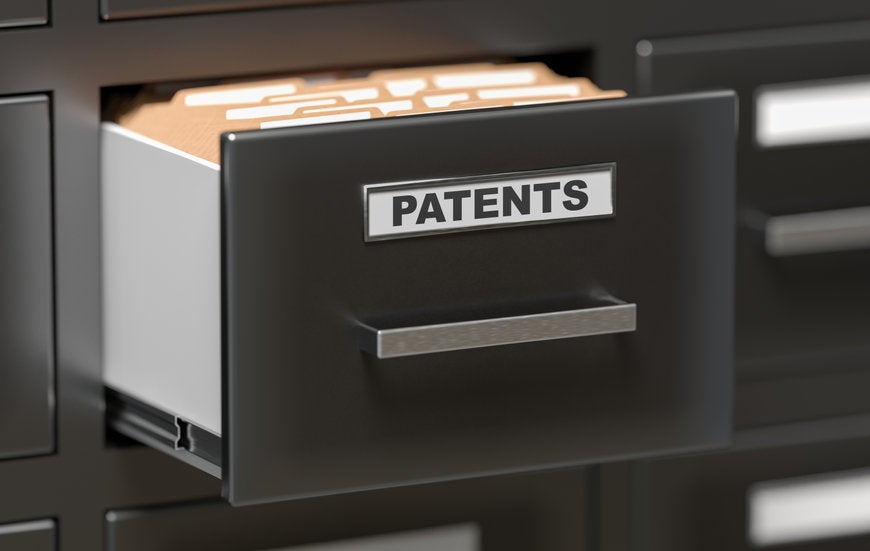HOUSTON – (Dec. 3, 2021) – Patents are becoming an innovative source of collateral for businesses borrowing money, and there’s a time-critical sweet spot for lenders trying to calculate how much those patents are worth, according to new research from Rice University experts and collaborators.
Researchers from Rice's Jones Graduate School of Business, American University and Sichuan University studied how the novelty of a patent’s foundation – in other words, whether the patent is based upon more recent or relatively old prior inventions - affects how much it’s worth as collateral. They used data from 107,180 semiconductor patents owned by 436 U.S. firms in the industry. The researchers focused on how a patent’s “external technology linkage” – how often an inventor cites other businesses’ patents – can help lenders assess how much the patent might be worth to other firms.
“We find an inverted U-shaped relationship between the newness of a patent’s external technology linkage and the likelihood that the patent will be used as collateral,” wrote authors Yan Anthea Zhang, chair professor of strategy at Rice Business, Zhuo Emma Chen, assistant professor of strategy at American University, and Yuandi Wang, professor of strategy at Sichuan University.
Patents linked to newer inventions have a lower risk of obsolescence. But if the related inventions are too new, it raises the risk for lenders that the underlying technologies may not have been market-tested. The authors find that new patents linked to moderately new inventions are more likely to be pledged — that is, put up as collateral.

“Within a given firm’s patent portfolio, higher-quality patents (those that have been frequently cited by others) are more likely to be accepted by lenders as loan collaterals,” the authors wrote. “None of the other patent characteristics — a patent’s claim counts, technology class counts, references to non-patent literature and originality — are related to the likelihood of being pledged.”
The authors investigated how the firms themselves affected this likelihood. If the borrowing firms’ patents are highly specific to that firm, meaning the patented technology is useful mainly to them, lenders’ concerns about the untested market for the technology rises. But if the borrowing firm’s business aligns with the same technological domain as the patent, the market would give the firm greater credibility and reduce lenders’ concerns about the risk of unverified patented inventions.
They also found that a firm's prior experience in putting up patents as collateral matters. Compared to firms with no or little experience, patents owned by firms that have more patent pledge experience are more likely to be accepted.
“As patent pledge represents a financial innovation, which is still in the early stage of adoption, firms that have more experience in patent pledge know how to do it and more importantly, have higher credibility in lenders’ eyes,” they wrote.
Borrowing against patents opens new doors for inventing firms, but lenders still face great challenges assessing the risk of accepting them as collateral.

